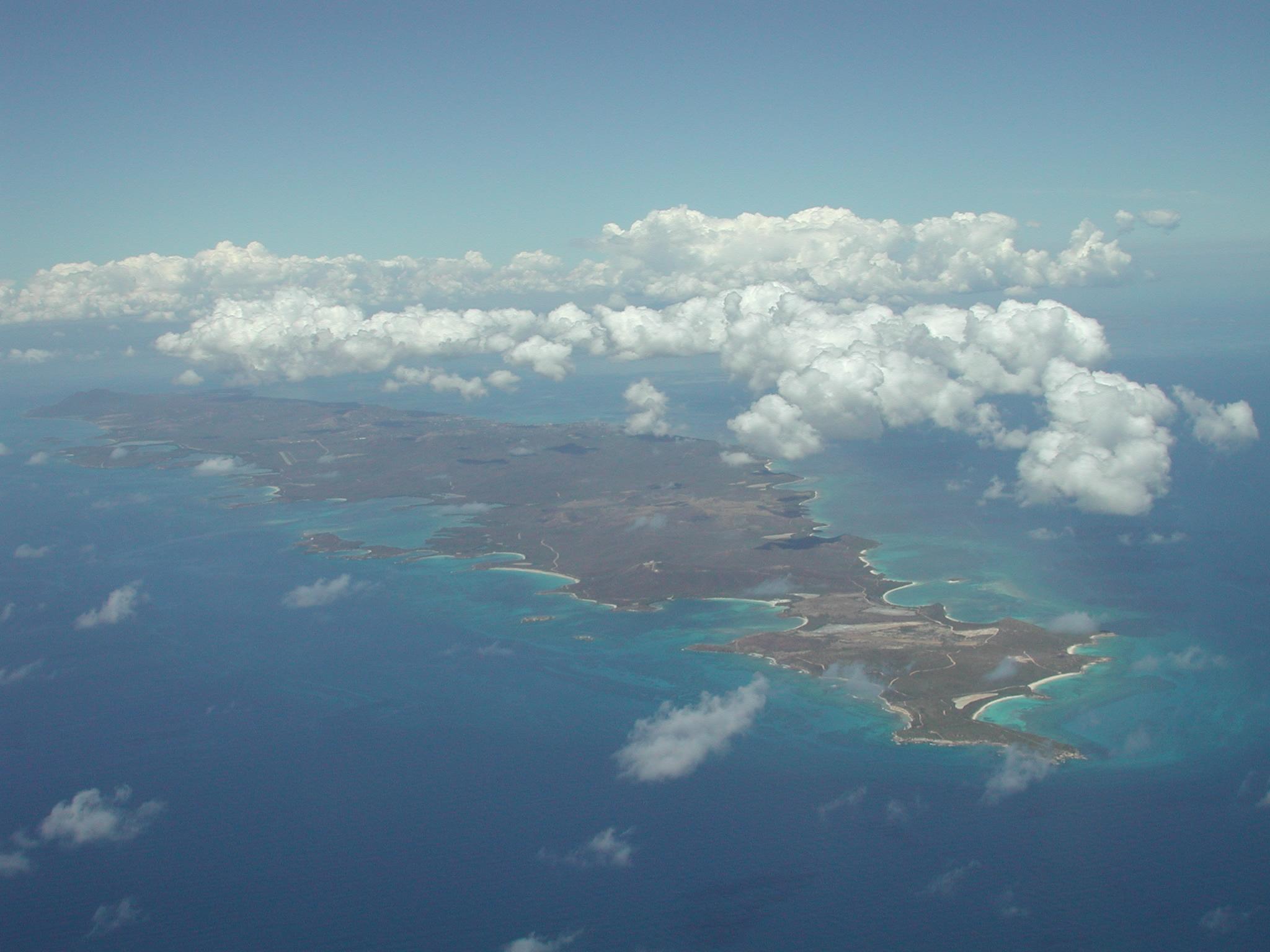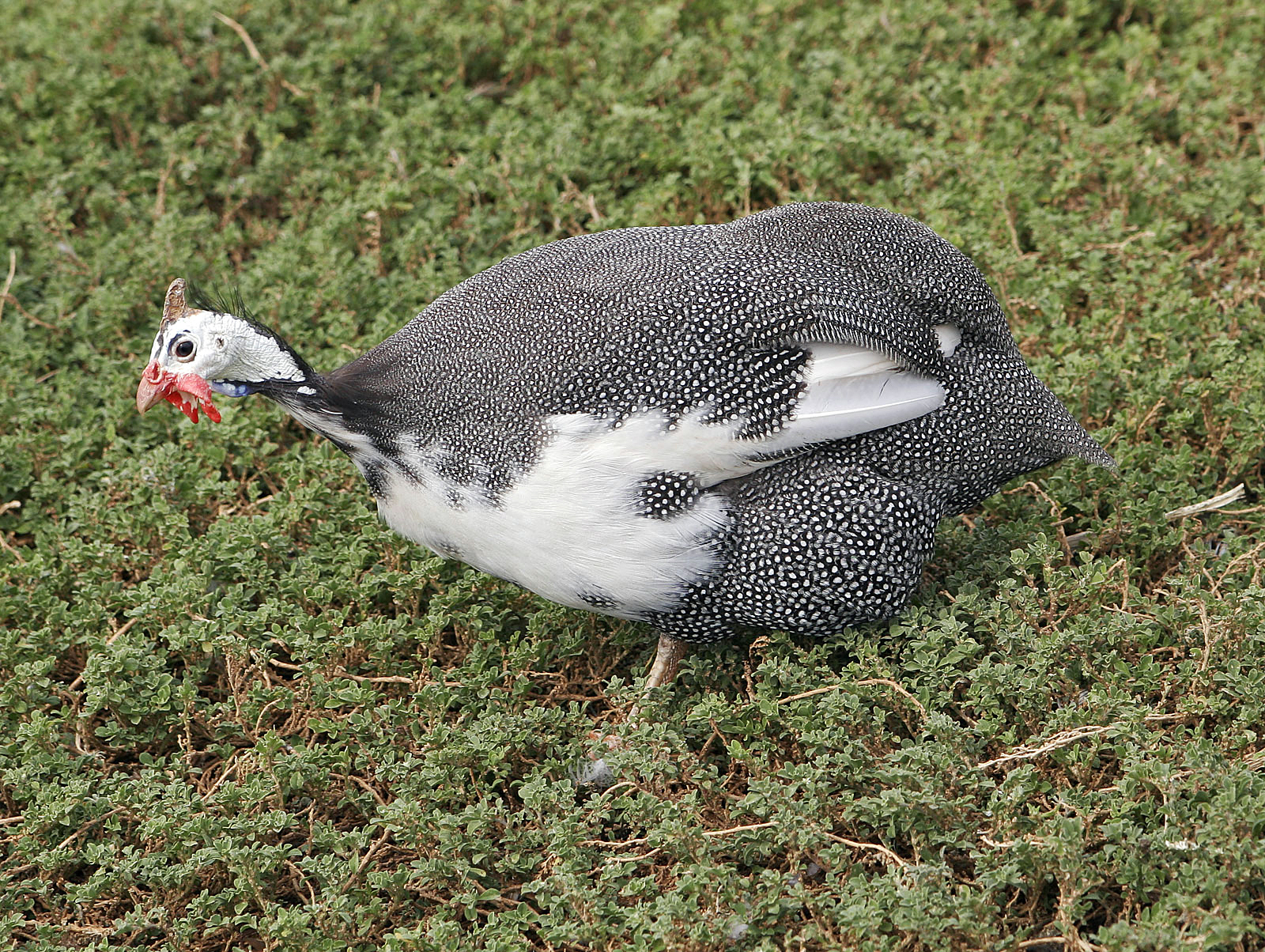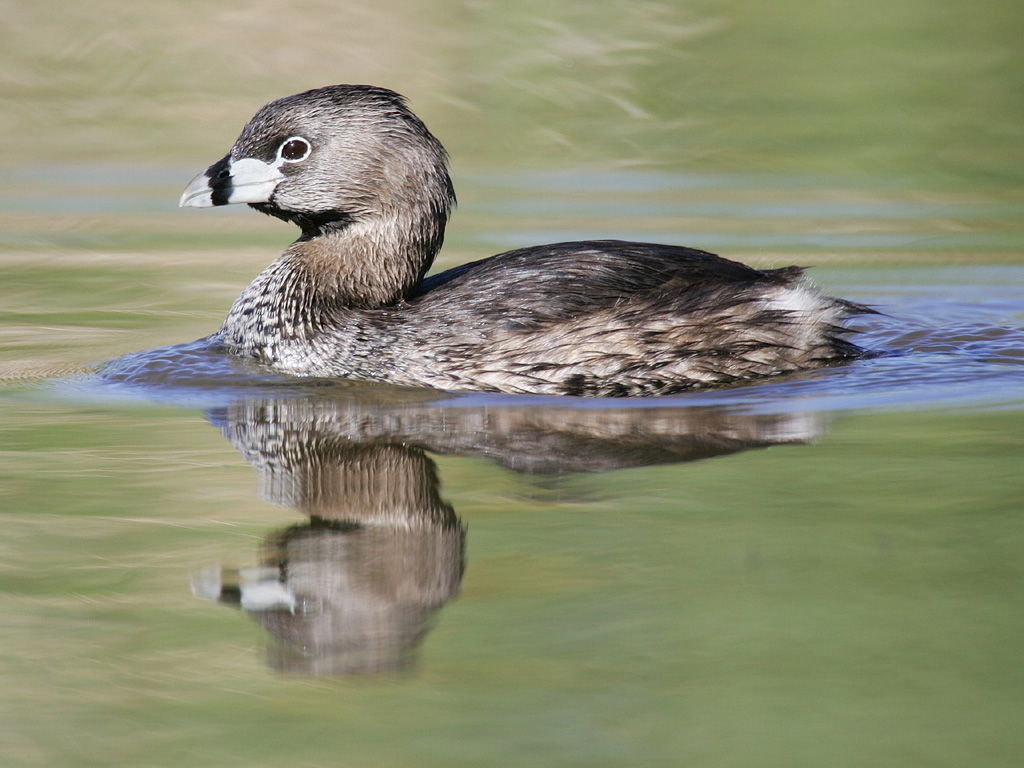|
Puerto Rican Vireo
The Puerto Rican vireo (''Vireo latimeri'') is a small bird endemic to the archipelago of Puerto Rico and one of the 31 species belonging to the genus ''Vireo'' of the family Vireonidae. Its local name is ''bien-te-veo'' ("see-you-well", after the call), not to be confused with the unrelated great kiskadee - also known as bien-te-veo - which is found elsewhere. The Puerto Rican vireo has a gray head, a white breast and a yellowish belly. The species measures, on average, 12 cm (4.72 in) and weighs from 11 to 12 grams (0.388–0.423 oz). An insectivore, the species's diet consists of grasshoppers, caterpillars, cicadas, beetles and aphids and is complemented with spiders, anoles, and berries. From 1973 until at least 1996, the species suffered a population decline in the Guánica State Forest. The primary reason for this decline was brood parasitism by the shiny cowbird (''Molothrus bonariensis''). See also * Fauna of Puerto Rico * List of birds of Puerto Rico ... [...More Info...] [...Related Items...] OR: [Wikipedia] [Google] [Baidu] |
Spencer Fullerton Baird
Spencer Fullerton Baird (; February 3, 1823 – August 19, 1887) was an American naturalist, ornithologist, ichthyologist, Herpetology, herpetologist, and museum curator. Baird was the first curator to be named at the Smithsonian Institution. He eventually served as assistant Secretary of the Smithsonian from 1850 to 1878, and as Secretary from 1878 until 1887. He was dedicated to expanding the natural history collections of the Smithsonian which he increased from 6,000 specimens in 1850 to over 2 million by the time of his death. He published over 1,000 works during his lifetime. Early life and education Spencer Fullerton Baird was born in Reading, Pennsylvania in 1823. His mother was a member of the prominent Philadelphia Biddle family; he was a nephew of Speaker of the Pennsylvania Senate Charles B. Penrose and a first cousin, once removed, of U.S. Senator Boies Penrose and his distinguished brothers, R. A. F. Penrose Jr., Richard, Spencer Penrose, Spencer, and Charles Bingham ... [...More Info...] [...Related Items...] OR: [Wikipedia] [Google] [Baidu] |
Shiny Cowbird
The shiny cowbird (''Molothrus bonariensis'') is a passerine bird in the New World family Icteridae. It breeds in most of South America except for dense forests and areas of high altitude such as mountains. Since 1900 the shiny cowbird's range has shifted northward, and it was recorded in the Caribbean islands as well as the United States, where it is found breeding in southern Florida. It is a bird associated with open habitats, including disturbed land from agriculture and deforestation. Adults are sexually dimorphic. Males are all black with a purple-blue iridescence. The female is smaller, with dull brown plumage that is sometimes paler on the underparts. Females of the species can be distinguished from the female brown-headed cowbird by their longer, finer bills and flatter heads. The shiny cowbird's diet consists mainly of insects, other arthropods and seeds, and they have been recorded foraging for grains in cattle troughs. Like most other cowbirds, it is an obligate brood ... [...More Info...] [...Related Items...] OR: [Wikipedia] [Google] [Baidu] |
Endemic Birds Of Puerto Rico
Endemism is the state of a species being found in a single defined geographic location, such as an island, state, nation, country or other defined zone; organisms that are indigenous to a place are not endemic to it if they are also found elsewhere. For example, the Cape sugarbird is found exclusively in southwestern South Africa and is therefore said to be ''endemic'' to that particular part of the world. An endemic species can be also be referred to as an ''endemism'' or in scientific literature as an ''endemite''. For example '' Cytisus aeolicus'' is an endemite of the Italian flora. '' Adzharia renschi'' was once believed to be an endemite of the Caucasus, but it was later discovered to be a non-indigenous species from South America belonging to a different genus. The extreme opposite of an endemic species is one with a cosmopolitan distribution, having a global or widespread range. A rare alternative term for a species that is endemic is "precinctive", which applies to s ... [...More Info...] [...Related Items...] OR: [Wikipedia] [Google] [Baidu] |
El Toro Wilderness
El Toro Wilderness ( es, Selva El Toro) is a federally designated National Wilderness Preservation System unit located within El Yunque National Forest (formerly known as the Caribbean National Forest) on the Sierra de Luquillo in eastern Puerto Rico. El Toro, named after the highest peak in the forest at , is the only tropical wilderness in the United States National Forest System.El Toro Wilderness fact sheet - U.S. Forest Service It was created in 2005 by the Caribbean National Forest Act of 2005. In descending order of land area, the wilderness is located in parts of the of |
List Of Vieques Birds
This is a list of birds recorded in the island of Vieques. Vieques is an island municipality of Puerto Rico located off the east coast of the main island of Puerto Rico, south of Culebra island and west of the Virgin Islands. It has a total area of 348.15 km2, of which only 135 km2 is land area. On May 1, 2001, the western end of Vieques National Wildlife Refuge was established and on May 1, 2003, the same day as the exit of the U.S. Navy from the island, the eastern end of the refuge was established. There are a total of 196 species recorded from the island of Vieques as of July 2022, according to ''Bird Checklists of the World''. Some species, such as the Puerto Rican parrot, have been extirpated from the island but are, nonetheless, included in this list. This list presents the following information for each species: common and scientific name of each species. This list is presented in the taxonomic sequence of the ''Check-list of North and Middle American Bird ... [...More Info...] [...Related Items...] OR: [Wikipedia] [Google] [Baidu] |
List Of Puerto Rican Birds
This is a list of the bird species recorded in the archipelago of Puerto Rico, which consists of the main island of Puerto Rico, two island municipalities off the east coast (Vieques and Culebra), three uninhabited islands off the west coast ( Mona, Monito and Desecheo) and more than 125 smaller cays and islands. The avifauna of Puerto Rico included a total of 385 species as of July 2022, according to ''Bird Checklists of the World''. Of them, 201 are accidental, two have been extirpated, and one is believed to be extinct. Seventeen species are endemic. Non-native species are common; 43 listed here were introduced by humans. Individuals of many other species (mostly parrots, finches, and waxbills) are flying free, presumably after escaping or being released from captivity. For example, a 2018 study on introduced Psittacidae on the island found at least 46 species present, of which 24% are only found in the pet trade (captivity), 48% have been observed in the wild (but are n ... [...More Info...] [...Related Items...] OR: [Wikipedia] [Google] [Baidu] |
List Of Endemic Fauna Of Puerto Rico
This is a list of the endemic fauna of Puerto Rico. This list is sorted in alphabetical order by the scientific name of the species, which are in parentheses. Birds *Yellow-shouldered blackbird (''Agelaius xanthomus'') *Puerto Rican parrot (''Amazona vittata'') *Green mango (''Anthracothorax viridis'') *Puerto Rican nightjar (''Caprimulgus noctitherus'') *Puerto Rican emerald (''Chlorostilbon maugeaus'') * Puerto Rican lizard‑cuckoo (''Coccyzus vieilloti'') *Puerto Rican pewee (''Contopus portoricenis'') *Adelaide's warbler (''Dendroica adelaidae'') * Elfin-woods warbler (''Dendroica angelae'') *Puerto Rican oriole (''Icterus portoricensis'') *Puerto Rican bullfinch (''Loxigilla portoricensis'') *Puerto Rican owl (''Gymnasio nudipes'') *Puerto Rican woodpecker (''Melanerpes portoricensis'') *Puerto Rican flycatcher (''Myiarchus antillarum'') *Puerto Rican tanager (''Nesospingus speculiferus'') *Puerto Rican spindalis (''Spindalis portoricensis'') *Puerto Rican tody (''Todus m ... [...More Info...] [...Related Items...] OR: [Wikipedia] [Google] [Baidu] |
List Of Birds Of Puerto Rico
This is a list of the bird species recorded in the archipelago of Puerto Rico, which consists of the main island of Puerto Rico, two island municipalities off the east coast (Vieques and Culebra), three uninhabited islands off the west coast ( Mona, Monito and Desecheo) and more than 125 smaller cays and islands. The avifauna of Puerto Rico included a total of 385 species as of July 2022, according to ''Bird Checklists of the World''. Of them, 201 are accidental, two have been extirpated, and one is believed to be extinct. Seventeen species are endemic. Non-native species are common; 43 listed here were introduced by humans. Individuals of many other species (mostly parrots, finches, and waxbills) are flying free, presumably after escaping or being released from captivity. For example, a 2018 study on introduced Psittacidae on the island found at least 46 species present, of which 24% are only found in the pet trade (captivity), 48% have been observed in the wild (but are no ... [...More Info...] [...Related Items...] OR: [Wikipedia] [Google] [Baidu] |
Fauna Of Puerto Rico
The fauna of Puerto Rico is similar to other island archipelago faunas, with high endemism, and low, skewed taxonomic diversity. Bats are the only extant native terrestrial mammals in Puerto Rico. All other terrestrial mammals in the area were introduced by humans, and include species such as cats, goats, sheep, the small Indian mongoose, and escaped monkeys. Marine mammals include dolphins, manatees, and whales. Of the 349 bird species, about 120 breed in the archipelago, and 47.5% are accidental or rare. The most recognizable and famous animal of Puerto Rico is probably the common coquí, a small endemic frog, and one of the 86 species that constitute Puerto Rico's herpetofauna. Some native freshwater fish inhabit Puerto Rico, but some species, introduced by humans, have established populations in reservoirs and rivers. The low richness-high diversity pattern is also apparent among invertebrates, which constitutes most of the archipelago's fauna. The arrival of the first peo ... [...More Info...] [...Related Items...] OR: [Wikipedia] [Google] [Baidu] |
Brood Parasite
Brood parasites are animals that rely on others to raise their young. The strategy appears among birds, insects and fish. The brood parasite manipulates a host, either of the same or of another species, to raise its young as if it were its own, usually using egg mimicry, with eggs that resemble the host's. The evolutionary strategy relieves the parasitic parents from the investment of rearing young. This benefit comes at the cost of provoking an evolutionary arms race between parasite and host as they coevolve: many hosts have developed strong defenses against brood parasitism, such as recognizing and ejecting parasitic eggs, or abandoning parasitized nests and starting over. It is less obvious why most hosts do care for parasite nestlings, given that for example cuckoo chicks differ markedly from host chicks in size and appearance. One explanation, the mafia hypothesis, proposes that parasitic adults retaliate by destroying host nests where rejection has occurred; there is ... [...More Info...] [...Related Items...] OR: [Wikipedia] [Google] [Baidu] |
Endemism In Birds
Endemism is the state of a species being found in a single defined geographic location, such as an island, state, nation, country or other defined zone; organisms that are indigenous to a place are not endemic to it if they are also found elsewhere. For example, the Cape sugarbird is found exclusively in southwestern South Africa and is therefore said to be ''endemic'' to that particular part of the world. An endemic species can be also be referred to as an ''endemism'' or in scientific literature as an ''endemite''. For example '' Cytisus aeolicus'' is an endemite of the Italian flora. '' Adzharia renschi'' was once believed to be an endemite of the Caucasus, but it was later discovered to be a non-indigenous species from South America belonging to a different genus. The extreme opposite of an endemic species is one with a cosmopolitan distribution, having a global or widespread range. A rare alternative term for a species that is endemic is "precinctive", which applies to ... [...More Info...] [...Related Items...] OR: [Wikipedia] [Google] [Baidu] |
Guánica State Forest
The Guánica State Forest ( es, Bosque Estatal de Guánica), popularly known as the Guánica Dry Forest (Spanish: ''Bosque seco de Guánica'') is a subtropical dry forest located in southwest Puerto Rico. The area was designated as a forest reserve in 1919 and a United Nations Biosphere Reserve in 1981. It is considered the best preserved subtropical dry forest and the best example of dry forest in the Caribbean. With approximately 10,000 acres, it is the largest of the 20 state forests of Puerto Rico, and it extends over 5 municipalities: Guánica, Guayanilla, Peñuelas, Ponce, and Yauco (although the forest units located in the municipalities of Peñuelas and Ponce only consist of keys and small islands). History The dry forest area of southwestern Puerto Rico protected under the jurisdiction of the Guánica Dry Forest was first established in 1919 as a forest reserve. The United Nations recognized the ecological value of the forest in 1981 when it was designated a Biosph ... [...More Info...] [...Related Items...] OR: [Wikipedia] [Google] [Baidu] |


.jpg)




_e_(_Zonotrichia_Capensis_).jpg)
